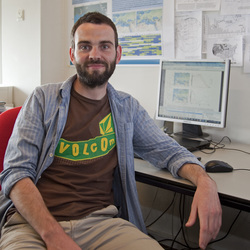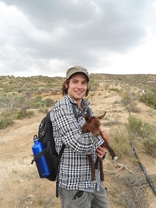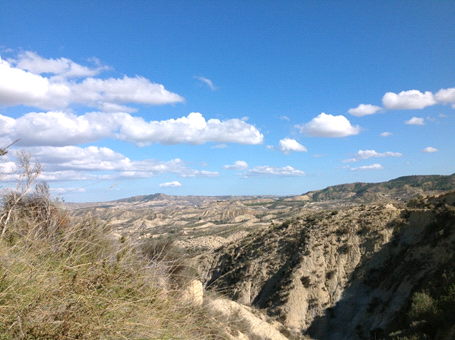
What brought about the fall of the Roman Empire? That is a question that has occupied Roman scholars for centuries. An equally important question is what enabled the Roman civilisation to last so long in a region of highly variable climate and dynamic landscapes?
Environmental Setting
The heart of the Roman Empire was the Mediterranean and its surrounding ecosystems. Much of Mediterranean is marginal for agriculture with low rainfall and highly variable climate making droughts and famine a real and constant threat. Equally, proxy data show that climate in the Mediterranean underwent long-term changes during the lifetime of the Roman Empire (Fig. 1). Land degradation was also a serious problem in the Roman period, particularly with a shift to large-scale farming in the Late Republican period to feed a growing urban populous. The impact of land degradation in Italy was outlined in the writings of Lucretius dating from 99 – 55 BC:




 RSS Feed
RSS Feed
